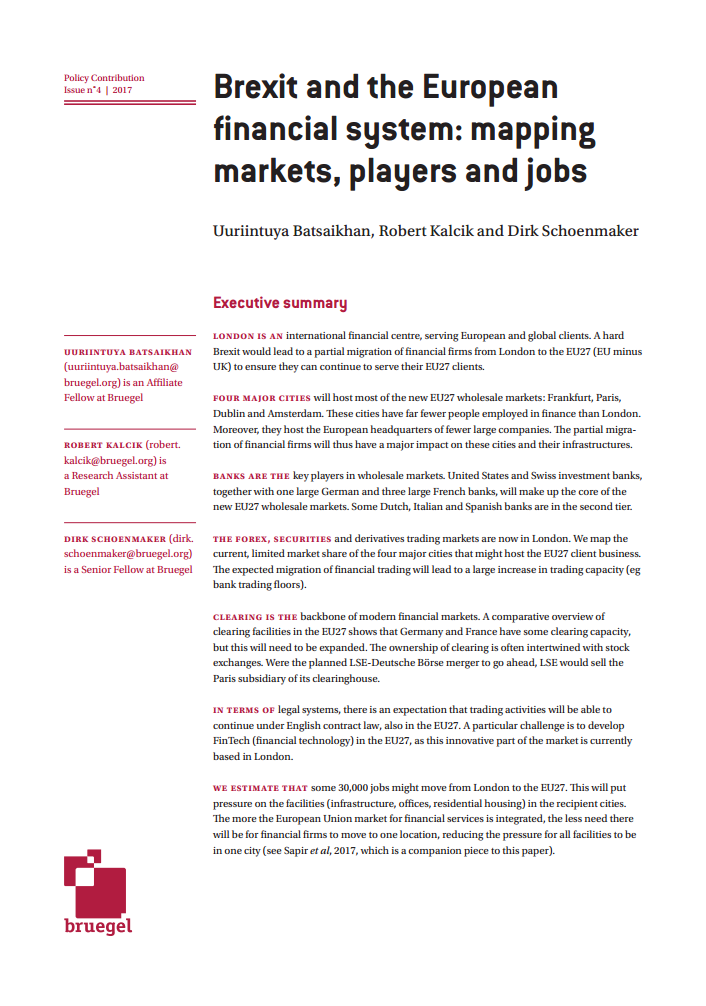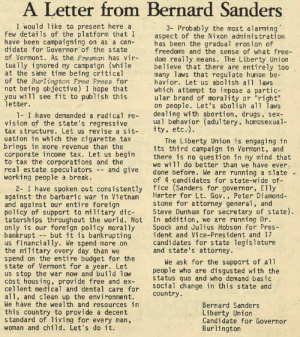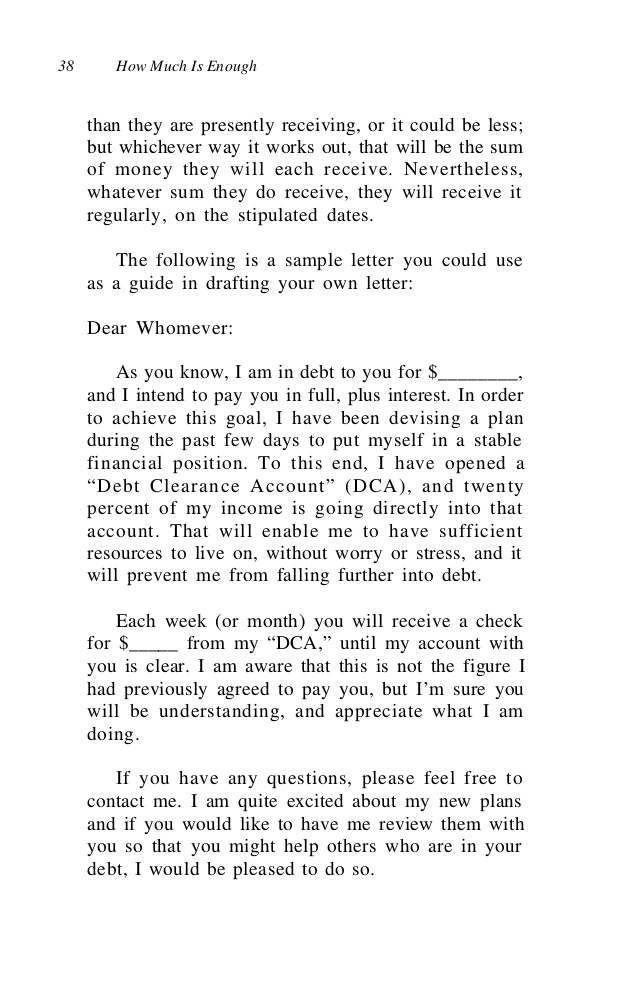SLR Rate In 2023: What Is SLR, Latest Statuary Liquidity Ratio In India

Both the Statutory Liquidity Ratio (SLR) and the Cash Reserve Ratio (CRR) are elements of India’s monetary policy. Call money market borrowings, investments, and certificates of deposit in other banks are all included in a bank’s liabilities. In other words, the quantity of money available to banks for investment decreases as the Cash Reserve Ratio rises. BRBNM was established by RBI on 3 February 1995 for the purpose to enable RBI to bridge the gap between maintain, demand and supply of Indian rupee notes in the country.
Section 42 (1) of RBI Act 1934 empowers RBI to announce the CRR to be maintained from time to time. CRR is to be maintained in relation to the net Demand and Time Liabilities (DTL) of the Bank. By altering the percentage of CRR to be maintained, RBI can alter the position of liquidity in market. As CRR increase higher amount is required to be blocked with RBI and lesser amount only will be available with banks for lending. The government also helps control inflation by reducing the statutory rate and increasing it during a recession. The RBI reserves SLR deposits and banks do not have control over it.
With repo rate hike, RBI has done what’s necessary – The Indian Express
With repo rate hike, RBI has done what’s necessary.
Posted: Wed, 04 May 2022 07:00:00 GMT [source]
RBI is additionally obligated for managing the progression of money and the soundness of costs to run the Indian economy. Perhaps a proper compensation on CRR balances by RBI to banks, may be at Repo rate or even at 3.5% (SB) rate, would result in marginal reduction in lending rates and, more importantly, will improve banks’ profitability. Even at a current Marginal Standing Facility Rate (MSF) at 6.75%, the yearly interest income to RBI on account of these “free funds” (say at Rs 5 lakh crore) is Rs 33,750 crore. Therefore, around 67% of the surplus of Rs 50,000 crore or 46% of the interest income (interest income Rs 73,871) is on account of compulsory funds kept by banks with RBI. With effect from March 31, 2007 RBI has discontinued paying interest on CRR balances maintained by banks with RBI.
Liquidity stays in high surplus- Liquidity Cheat sheet-Feb 21
SLR is mandatory for each bank to maintain credit and fuel growth in the economy. The percentage of total demand and time liabilities of the bank is called SLR. Deposits of customers paid to them on demand at any time are called demand liabilities. There is a period mutually agreed upon after which commercial banks are liable to pay customers; that amount is called time liabilities. On 22 January 2014; RBI gave a press release stating that after 31 March 2014, it will completely withdraw from circulation of all banknotes issued prior to 2005.
Payment and settlement systems play an important role in improving overall economic efficiency. The Payment and Settlement Systems Act of 2007 (PSS Act)[65] gives the Reserve Bank oversight authority, including regulation and supervision, for the payment and settlement systems in the country. In this role, rbi pays interest on crr balances of banks at the RBI focuses on the development and functioning of safe, secure and efficient payment and settlement mechanisms. Two payment systems National Electronic Fund Transfer (NEFT) and Real-Time Gross Settlement (RTGS) allow individuals, companies and firms to transfer funds from one bank to another.
If the RBI increases SLR to 50% and CRR to 20% then bank will be left only with ₹600 million (US$7.5 million) for operations. Now it will be very difficult for the bank to maintain profitability with such a small amount of capital. The bank will be left with no choice but to raise its interest rate which will make borrowing by its customers more costly. This will in turn reduce the overall demand and hence prices will eventually come down. Maintenance of CRR is stipulated for ensuring the liquidity and solvency of Banks.
Banker to the Government
Ensuring that there are always modest amounts of liquid funds available against deposits is the CRR’s primary objective. The CRR’s ability to help the RBI manage rates and the overall liquidity of the country is its second primary objective. The RBI maintains the economic structure of the country so that it can achieve the objective of price stability as well as economic development because both objectives are diverse in themselves. It has been set up by RBI to serve its Information Technology and cybersecurity needs and to improve the cyber resilience of the Indian banking industry. Deposit Insurance and Credit Guarantee Corporation was established by RBI for the purpose of providing insurance of deposits and guaranteeing of credit facilities to all Indian banks. RBI selling bonds through OMO takes out liquidity as markets pays RBI for buying bonds while bond purchases through OMO infuses liquidity as RBI pays the market for buying bonds.

At the time of inflation, it expands, and it expands at the time of recession. It ensures that bankS invest in government securities like bonds, and it makes sure that commercial banks get into solvency. The assets that get converted into cash easily in one or two days are known as liquid assets. These include government bonds, marketable securities, treasury bills, gold, and other cash equivalents. They even consider eligible securities procured through specific, RBI approved securities in a few cases.
How Does Cash Reserve Ratio Work?
Here it would be pertinent to mention the gold swap of July 2014.[117][118][74] The present SLR is 18.00%. Open market operation is the activity of buying and selling of government securities in open market to control the supply of money in banking system. When there is excess supply of money, central bank sells government securities thereby sucking out excess liquidity.
After 1 July 2014, to exchange more than 15 pieces of ‘500 and ‘1000 notes, non-customers must furnish proof of identity and residence as well as show aadhar to the bank branch in order to exchange the notes. The Board of Financial Supervision (BFS), formed in November 1994, serves as a CCBD committee to control the financial institutions. It has four members, appointed for two years, and takes measures to strength the role of statutory auditors in the financial sector, external monitoring, and internal controlling systems.
Reverse repo rate (RRR)
Similarly, when liquidity is tight, RBI will buy government securities and thereby inject money supply into the economy. As the name suggest, reverse repo rate is just the opposite of repo rate. Reverse repo rate is the short term borrowing rate in which commercial bank Park their surplus in RBI The reserve bank uses this tool when it feels there is too much money floating in the banking system. An increase in the reverse repo rate means that the banks will get a higher rate of interest from RBI. As a result, banks prefer to lend their money to RBI which is always safe instead of lending it to others (people, companies, etc.) which is always risky. To curb inflation, the RBI increases repo rate which will make borrowing costs for banks.

This percentage is kept aside for central or state government-approved securities which invest in liquid assets. To meet current CRR requirements of 4% of the Net Demand and Term Liabilities and to meet payment and settlement of transactions, banks keep substantial funds with RBI. To avoid the risk of penalties on account of not meeting the CRR requirements, banks do keep a little more than the amount required.
The RBI can decrease or increase to curb inflation or deflation respectively. Whilst coins are minted by, and ₹1 notes are issued by the Government of India (GoI), the RBI works as an agent of GoI for the distribution and handling of coins. RBI also works to prevent counterfeiting of currency by regularly upgrading security features of currency. When there is an ascent in the SLR, a bank is likewise confined as far as its influence position.
Any bank in the country works with a chief rule to gather deposits from general society and afterwards assurance to offer clients with funds at standard or more. Be that as it may, this is a highly hazardous movement for each bank. The SLR is a money-related approach method of the RBI; the public authority should make its obligation to the executive’s programme compelling. SLR has assisted the public authorities with offering its protections or obligation approach to banks. The higher surplus during FY18 is on account of 26.63% increase in income and 9.24% reduction in expenditure — mainly in expenditure incurred in printing of notes.
- System liquidity rose by around Rs 1402 billion month on month and was at a surplus of Rs 5093 billion as of 11th November 2020.
- S. Tarapore to “lay the road map” to capital account convertibility.
- If banks want to borrow money (for short term, usually overnight) from RBI then banks have to charge this interest rate.
- RBI uses methods like On-site inspections, off-site surveillance, scrutiny & periodic meetings to supervise new bank licences, setting capital requirements and regulating interest rates in specific areas.
- When computing the Base Rate, one of the reference rates is the Cash Reserve Ratio or CRR.
The total NDTL, or Net Demand and Time Liabilities, shouldn’t be less than 4% of the cash balance scheduled banks must maintain with the RBI. The primary objective of RBI is to undertake consolidated supervision of the financial sector comprising commercial banks, financial institutions, and non-banking finance companies. As a measure of simplification, a lag of one fortnight in the maintenance of stipulated CRR by SCBs has been introduced.
Why is Cash Reserve Ratio Changed Regularly?
It guarantees that a portion of your money is safe with the RBI regardless of the bank’s performance. Loan-to-value (LTV) is the ratio of loan amount to the actual value of asset purchased. With LIBOR cessation in 2021, RBI is set to replace MIFOR with a new benchmark. MIFOR has LIBOR as one of the components and used in interest rate swap (IRS) markets. Key tools in this effort include Priority Sector Lending such as agriculture, micro and small enterprises (MSE), housing and education. RBI work towards strengthening and supporting small local banks and encourage banks to open branches in rural areas to include large section of society in banking net.
- Liabilities that a bank should pay on request, containing current and investment accounts and request drafts, are demand deposits.
- Loan-to-value (LTV) is the ratio of loan amount to the actual value of asset purchased.
- From 1 April 2014, the public will be required to approach banks for exchanging these notes.
- It also manages the country’s main payment systems and works to promote its economic development.
- Banks will have more money to invest in other industries when the RBI lowers the cash reserve ratio since there will be less money needed to be held on hand at the RBI.
- CRR does not carry any floor (minimum) or ceiling (maximum) rate, as at present.
When computing the Base Rate, one of the reference rates is the Cash Reserve Ratio or CRR. The minimum lending rate set and regulated by the Reserve Bank of India is known as the “Base Rate” (RBI). It should be emphasised that no bank can lend money at a lower rate than this benchmark. The Base Rate has been fixed at a predetermined number to ensure the transparency of borrowing and lending in the credit market. RBI has the responsibility of regulating the nation’s financial system.



Join The Discussion